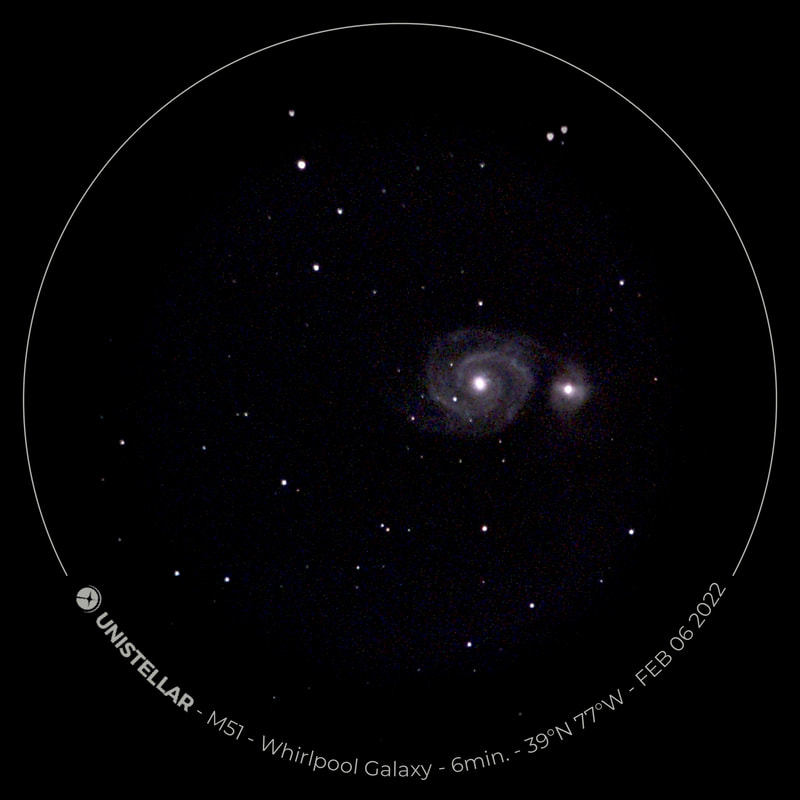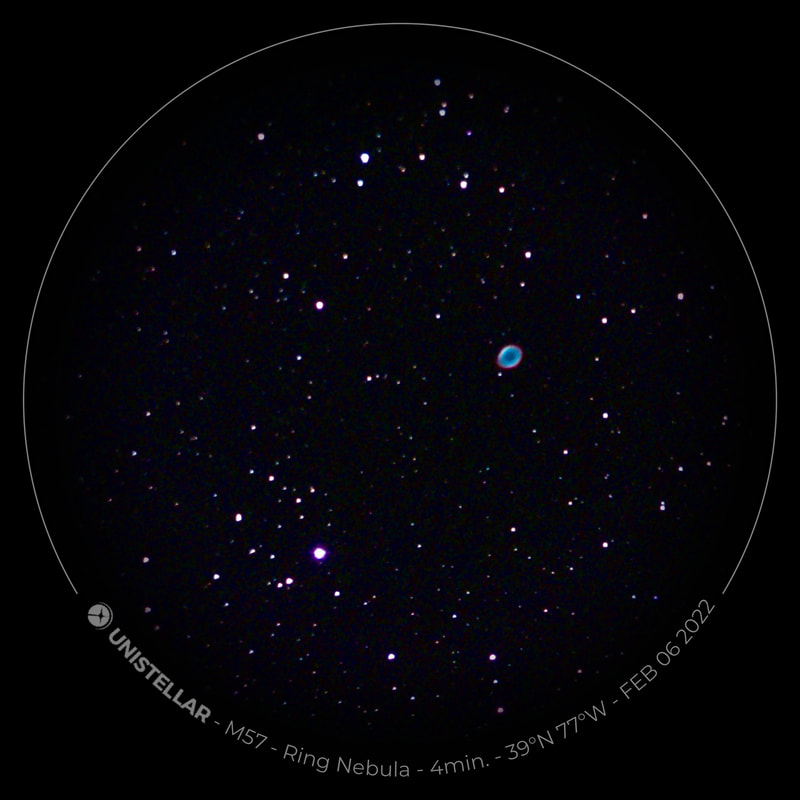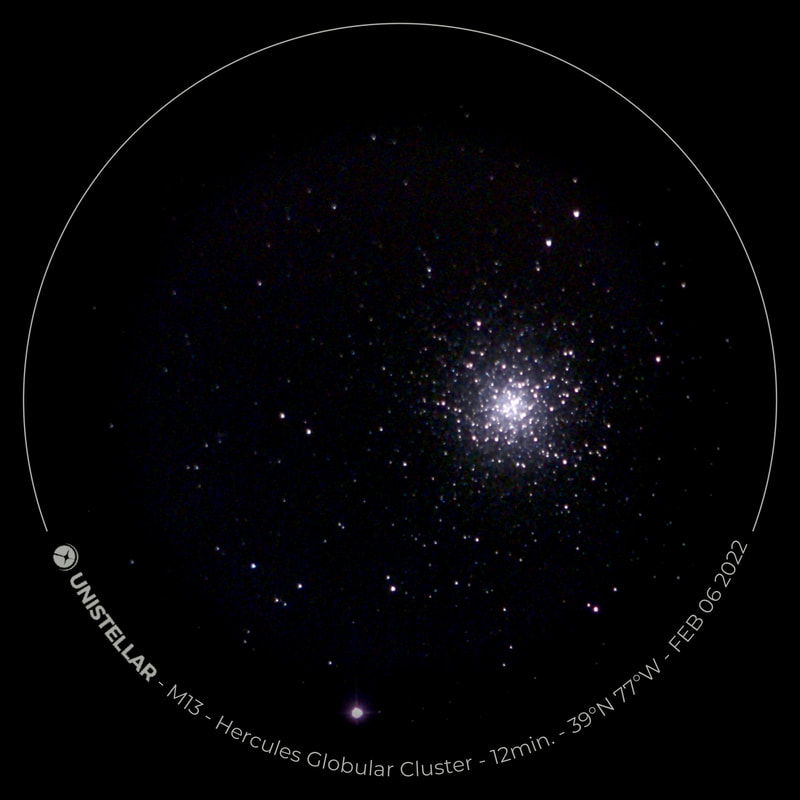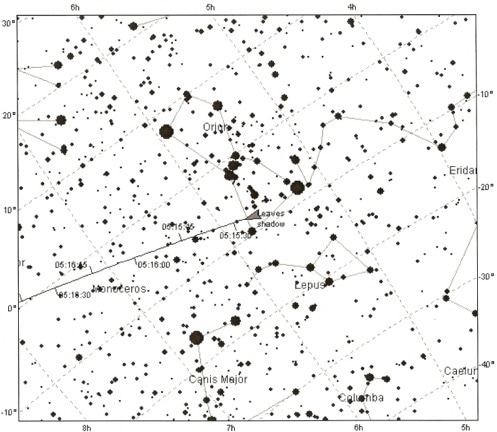|
Two things have kept me from posting - and observing - these last three months. First: the weather. This has been about the worst stretch of cloudiness and terrible seeing that I can remember in DC. On the rare nights that seemed promising, conditions worsened just as I was about to step outside with my gear. I remember a similar though slightly less atrocious stretch of bad weather last year at around this time, when I was so impatient to see whether my new Takahashi FC-100DZ really provided better views than the Takahashi FC-100DC I had just sold. Now I wonder: is this the start of a new trend, or perhaps a regression to a mean that existed before I started observing whenever I could? But second, I bought a home. That turned out to require a lot of work - more than enough to keep me in, even if the nights had been clear. The new place is a condo with a fenced-in backyard. A backyard! It's what I've always dreamed of. Okay, it's small, and it's mostly for the kids. But when my wife saw the yard for the first time, she reported a gap between the trees that "might be good for your telescopes." My heart skipped a beat. Can you ask for anything more from a partner? We moved in just two weeks ago. It's been quite cloudy since, but then, last night, the clouds parted, and the forecast called for better than average seeing and transparency. So I woke up at 4 AM, ready to go. I didn't have to go far: whereas I've long had to walk for ten or fifteen minutes to reach a nearby(ish) park, now I just step out the back door. What a thrill! Admittedly, the backyard affords only pockets of open sky, nearly all of them facing east-southeast. When the overhanging trees sprout their leaves this spring, most of those pockets will fill up. For now, however, I was thrilled to see Ursa Major, Hercules, and Lyra all hanging overhead. There are some streetlights nearby, but they're not blinding and their light points down at the ground. For a condo backyard, you can't ask for much more. I slipped outside with my EVScope 2. That's right: I've upgraded from my first-generation model. The sequel has a higher-resolution sensor that shows more of the sky, along with a much-upgraded eyepiece. Those were exactly the upgrades that I've yearned for, so when I heard about them I had to pounce. The EVScope 2, however, is not exactly cheap. I bought it at about $1000 more than the original, which of course I had to sell to make the purchase remotely possible. When I stepped outside, it was -7 degrees Celsius - that's about 19 degrees Fahrenheit. To cover the approximately 30 degree (Celsius) delta between inside and outside temperatures, the EVScope required a good thirty minutes to acclimate. When I tried to capture an image before it had cooled down, it was predictably blurry and unsatisfying. But after the telescope had reached ambient temperature, the view was rock-steady. The EVScope 2 seems to align itself even more easily than the original. It honestly takes no more than ten seconds or so, and then it's ready to slew anywhere in the night sky. Objects also appear more consistently centered in my view after the telescope finds them. I'm not sure what accounts for this; is there really something about the EVScope 2 that could be responsible for it? I'm not sure. Maybe I was unlucky with my first unit. But the improvement sure is handy. M51 - the Whirlpool Galaxy - is always a favorite target. Last night it was a little close to the balconies above us, which required me to reposition and realign the telescope a few times to get a decent angle. Then, in just six minutes, I got the above picture. I think it's about as good as the image I got in Lewes, Delaware last summer, with the EVScope 1 under far darker skies. I think the new version handles light pollution far better than the original; certainly it seems to take far longer exposures before the image starts brightening around its edges. The amount of detail on M51 is really extraordinary when you consider it took just a few minutes to get that shot in a light polluted, Bortle 7-8 sky. As readers of this site will know, I get such a kick out of M57, the Ring Nebula. With a four-inch refractor in DC it is just barely - barely - there, and then only with averted vision. A larger refractor shows more, but not much. The EVScope, of course, makes it so obvious, and so colorful, in just a few minutes. The EVScope 2 provides meaningfully less grainy images; the nebula looks smoother here, and much more true to life. As the eastern sky showed its first signs of brightening, I turned to M13, the Hercules Cluster, to close out the night. There's just something about a globular cluster that is always such a thrill for me, and of course the great Hercules cluster most of all. This view did not disappoint: easily the rival, I thought, of what the EVScope 1 revealed under far darker skies. The EVScope 2 seems to more consistently permit longer exposures; I found that my phone frequently lost its connection to the EVScope 1 when my exposures passed ten minutes or so. Maybe that was just my unit, but still: it was nice to easily cruise on to 12 minutes on an object like M13.
I kept slipping back inside to warm my fingers as the telescope started taking exposures. That's one wonderfully convenient luxury of a backyard. Still, I didn't lose that early morning magic, when all seems still, even in the heart of a city - breathless with anticipation for the rising Sun. There's just nothing quite like that feeling of being outside with a telescope in the hours before dawn, gazing millions of years back in time and space.
0 Comments
Leave a Reply. |
Archives
March 2024
Categories
All
|







 RSS Feed
RSS Feed